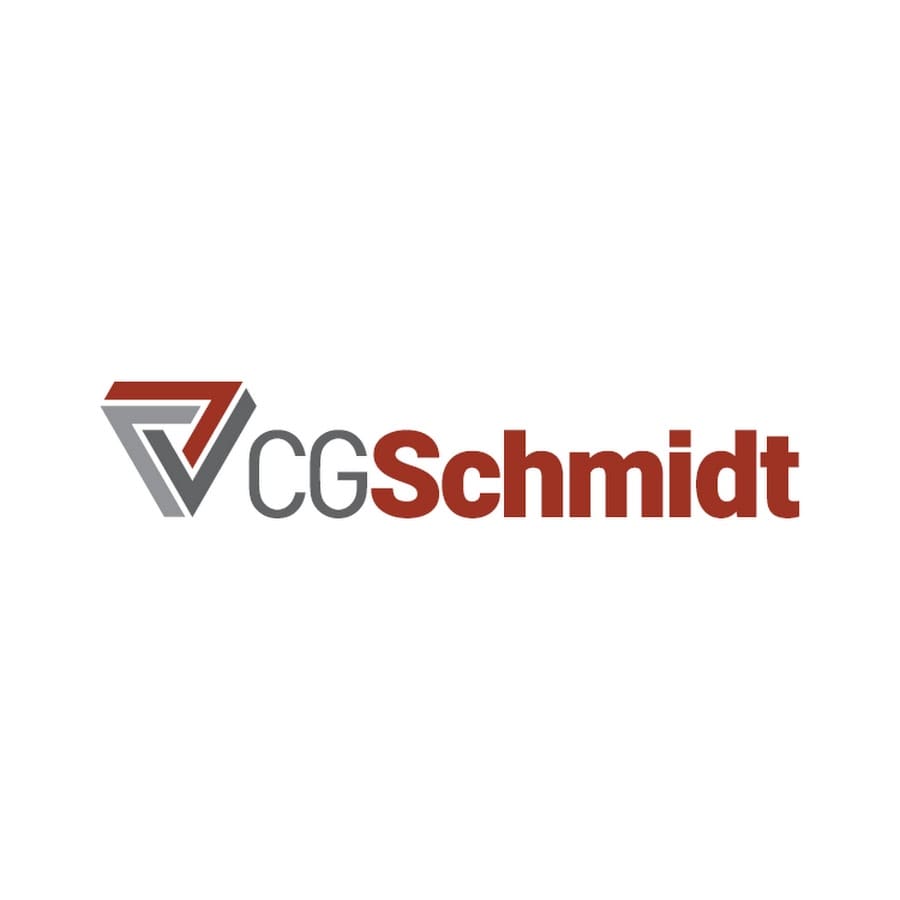MadREP released the Advance Now Competitive Assessment November 10 at a Community Leadership Summit attended by nearly 200 regional leaders and residents. The Competitive Assessment provides a detailed look at the Madison Region’s demographic, socioeconomic, and economic trends in recent years.
Researched and written by consultants from Atlanta-based Market Street Services, the Competitive Assessment outlines the region’s competitive position as compared to the metro areas of Austin, Texas; Des Moines, Iowa; and Lincoln, Nebraska, as well as the state of Wisconsin and the nation. These quantitative findings are paired with qualitative research consisting of 1,537 responses to a community-wide survey, 12 focus groups, and 12 one-on-one interviews with key stakeholders from throughout the Madison Region.
After hearing a presentation by Market Street Services, Summit attendees engaged in small group discussion and indicated the following key opportunities and challenges (in the categories of People, Prosperity, and Place) as priorities for the Advance Now Strategy.
PEOPLE
Opportunities:
- Graduate output and talent attraction associated with UW–Madison and other post-secondary institutions ensure a robust talent pipeline.
- Regional confidence in K–12 education is strong. Over 84 percent of survey respondents agreed that parents, community, and business leaders have a commitment to quality, public K–12 education.
- Minority residents are the fastest-growing portion of the regional population, and international in-migration is the largest source of new residents moving to the Madison Region.
Challenges:
- Educational attainment varies widely. Some counties have high rates of secondary degree attainment, while others have high shares of adults without a high school diploma.
- Poverty rates grew faster between 2005 and 2009 in the Madison Region than in most of the comparison geographies.
- Regional per capita income is below the national average and growing more slowly than peers.
PROSPERITY
Opportunities:
- Between 2005 and 2010, employment increased in the Madison Region at a faster rate than at the national level in the following sectors: information; professional, scientific, and technical services; educational services.
- Innovation in the region is dominated by the University of Wisconsin–Madison, which outpaces all competitor regions’ research universities in R & D expenditures.
- Between 2005 and 2010, average annual wages grew faster in the Madison Region than any other benchmark geography.
- Madison MSA had the second highest patents per 10,000 employees in 2010 (12.2), behind Austin (32.2).
Challenges:
- Average annual wages still lag peer and national averages
- Access to capital is difficult for entrepreneurs and small businesses. Fewer loans are reaching the Madison Region, and more businesses are entering bankruptcy. Venture capital is recognized as under-actualized.
- The Madison Region’s small businesses have shown slow or negative growth, as opposed to positive growth patterns in comparison metros. In addition, the region experienced negative growth in business establishments of all sizes.
PLACE
Opportunities:
- Health care access is extensive and quality is world-class. The Madison Region boasts more physicians to residents than any other comparison geography; it also has a comparatively low proportion of uninsured residents.
- The Madison Region boasts extensive quality of life sites, events, and assets that make it a highly attractive place to live and visit. Madison’s quality of life assets are frequently cited in national rankings.
- The region boasts a unique blend of rural and urban landscapes, both easily accessible for work and play.
Challenges:
- Cost of living – especially health care – is higher than the national average in the Madison metro.
- The Madison Region is behind Wisconsin and the United States in terms of access to DSL and cable broadband.
- The Madison metro’s housing prices are the highest and fastest growing in the region and are pricier than any of the comparison geographies.
The Competitive Assessment report marks the completion of the first development phase of Advance Now: Madison Region’s Strategy for Economic Growth. The Competitive Assessment Executive Summary and Full Report are both available for download at advancenow.madisonregion.org/research-and-reports.
The process now moves on to the second phase – the Target Cluster Analysis and Marketing Review. The Target Cluster Analysis will draw on Phase I research and input to provide a look at the Madison Region’s economy that goes beyond traditional measures of current and potential future economic activity. The Marketing Review will assess the region’s image among national site location professionals and identify best practice economic development marketing programs across the country. These Phase II reports will be completed in mid-December.



